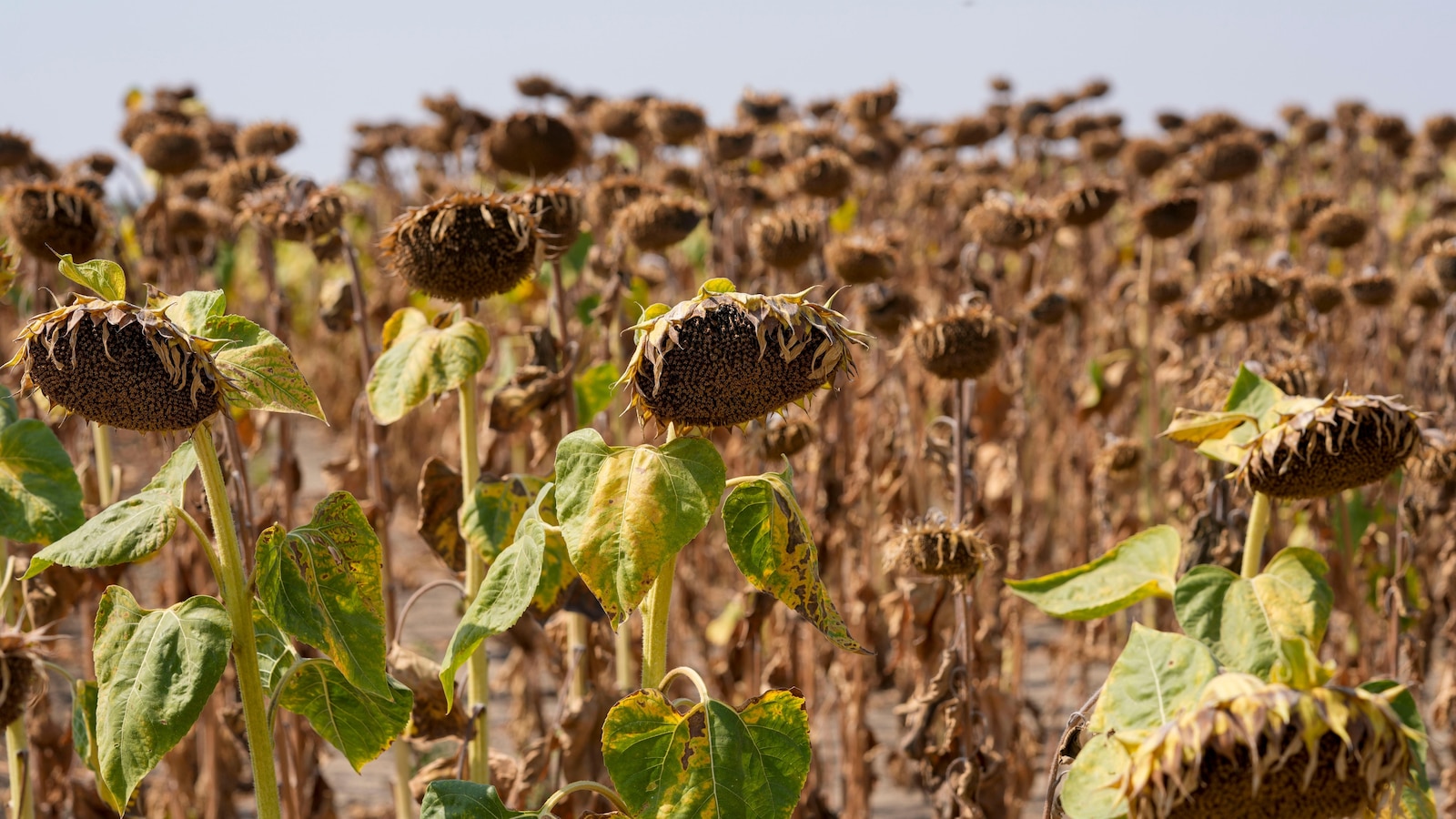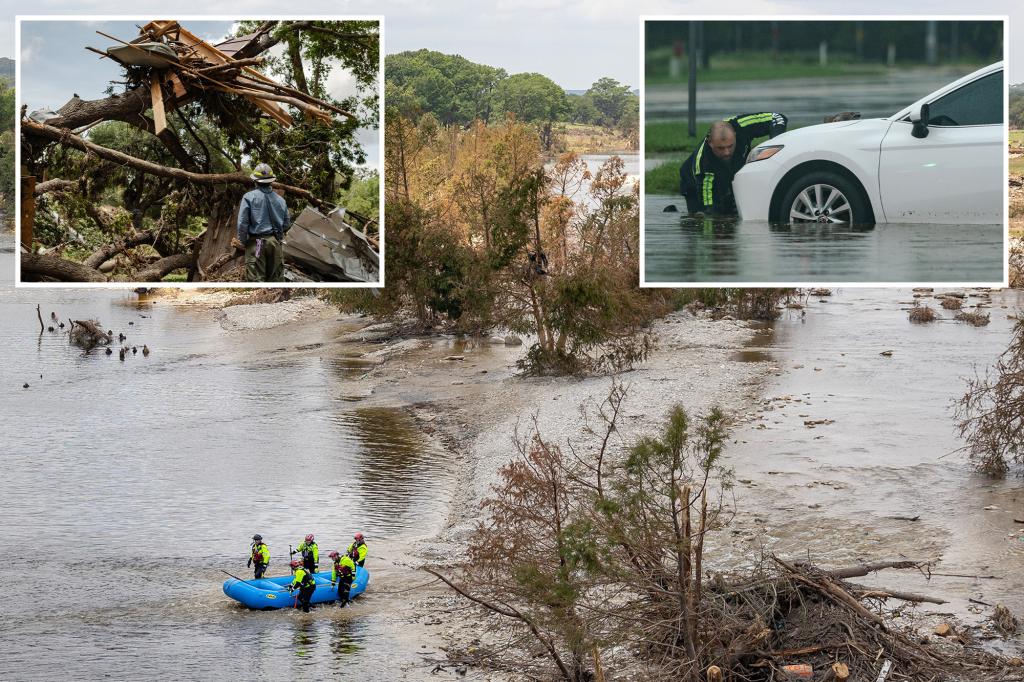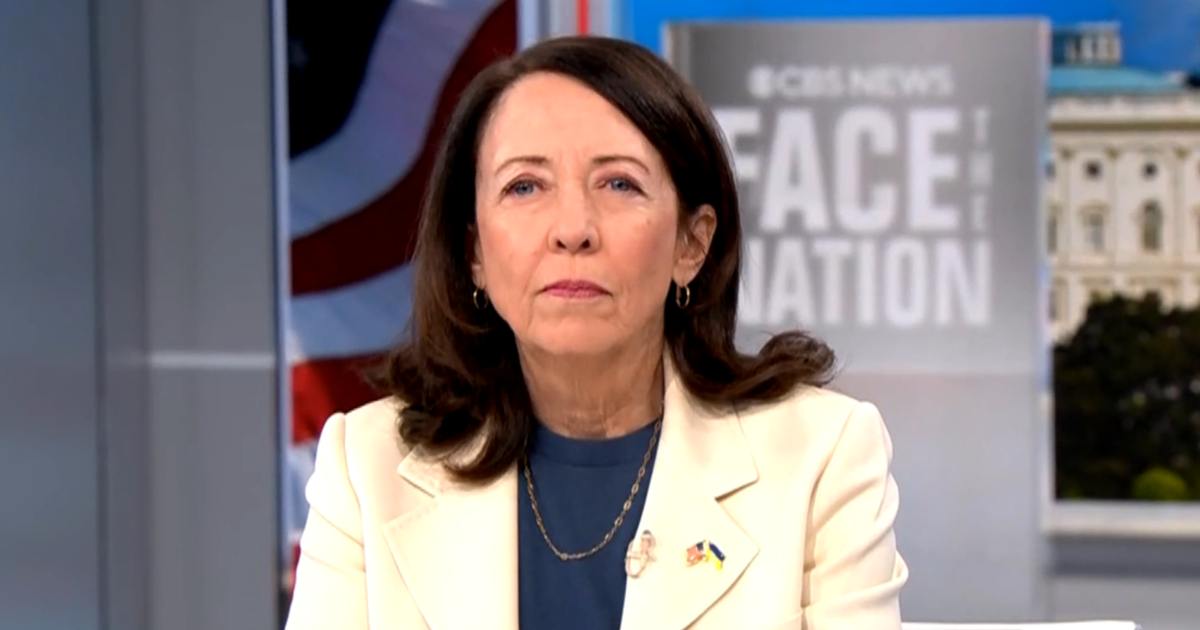Introduction
The ongoing United Nations discussions aimed at combating global drought have reached an impasse, raising concerns about the future of international efforts to address this pressing environmental crisis. As negotiations stall, the specter of intensified drought conditions looms larger, threatening ecosystems, economies, and the very fabric of societies worldwide. This article delves into the implications of the current deadlock, examines the factors contributing to this stalemate, and outlines potential pathways for renewed international cooperation in the fight against drought.
The Growing Threat of Global Drought
Global drought is not a new phenomenon; however, its frequency and severity have significantly increased in recent years due to climate change, unsustainable agricultural practices, and urbanization. According to a report by the United Nations Convention to Combat Desertification (UNCCD), approximately 1.5 billion people currently live in areas that are vulnerable to drought. This number is expected to rise as climate patterns shift and water resources become scarcer.
Impact on Agriculture and Food Security
Drought directly affects agricultural productivity, leading to crop failures and livestock losses. This, in turn, puts immense pressure on food security, especially in developing regions. The Food and Agriculture Organization (FAO) estimates that droughts can reduce agricultural output by up to 30%, exacerbating hunger and malnutrition in already vulnerable populations.
Economic Consequences
The economic implications of drought are profound. Industries reliant on water, such as agriculture, energy, and tourism, face substantial losses. According to the World Bank, droughts cost countries up to $29 billion annually in agricultural losses alone. Additionally, the strain on water resources can lead to increased competition among sectors, further complicating economic stability.
Understanding the Stalemate
The deadlock in UN negotiations can be attributed to several interrelated factors:
- Conflicting National Interests: Countries have varying priorities based on their economic reliance on agriculture, water availability, and industrial needs. This divergence makes it challenging to reach a consensus on binding agreements.
- Lack of Funding: Many proposed solutions require substantial investment, yet funding mechanisms remain inadequate. Countries in the Global South often lack the financial resources to implement drought resilience strategies.
- Political Will: Political instability and domestic issues in many nations hinder participation in international agreements, as governments prioritize immediate local concerns over long-term global strategies.
Historical Context
The UN’s efforts to address drought date back decades, with various treaties and agreements emerging over time. However, the lack of enforceable mechanisms and the voluntary nature of many commitments have limited their effectiveness. The need for binding agreements that hold nations accountable is more pressing than ever.
Exploring Potential Solutions
Despite the current stalemate, there are several pathways that nations could pursue to foster international cooperation and combat global drought effectively:
1. Strengthening Collaborative Frameworks
International bodies must establish stronger frameworks that encourage collaboration among nations. This could include:
- Regional Agreements: Encouraging neighboring countries to form regional pacts to manage shared water resources and drought response strategies.
- Knowledge Sharing: Creating platforms for countries to share best practices and technologies in drought management and sustainable agriculture.
2. Enhancing Funding Mechanisms
To support drought resilience projects, innovative financing solutions are essential. Options could include:
- Public-Private Partnerships: Engaging private sector investment in sustainable water management and agricultural practices.
- International Climate Funds: Mobilizing resources from existing climate funds to specifically target drought resilience initiatives.
3. Implementing Sustainable Practices
Nations must prioritize sustainable agricultural practices that enhance water conservation, such as:
- Drip Irrigation: Promoting technologies that minimize water use while maximizing crop yield.
- Soil Management Techniques: Utilizing cover crops and no-till farming to improve soil health and water retention.
4. Leveraging Technology and Innovation
Technological advancements can play a crucial role in drought management. Countries should invest in:
- Water-Saving Technologies: Innovations such as smart irrigation systems and drought-resistant crop varieties.
- Data Monitoring and Analysis: Utilizing satellite technology and AI to monitor drought conditions and predict water shortages.
The Broader Implications of Inaction
Failing to address the drought crisis effectively could have far-reaching consequences beyond immediate economic impacts. Social unrest, mass migrations, and conflicts over dwindling resources are all potential repercussions of prolonged inaction. As drought conditions worsen, the potential for geopolitical tensions increases, particularly in regions where water sources are shared.
Climate Change and Drought: A Vicious Cycle
It is crucial to recognize that drought is both a symptom and a contributor to climate change. As droughts become more frequent, they exacerbate environmental degradation, leading to further climate instability. This vicious cycle necessitates an integrated approach that addresses both climate change and drought resilience simultaneously.
Conclusion
The current stalemate in UN talks regarding global drought is a cause for concern, but it also presents an opportunity for nations to rethink their strategies and commitments. By prioritizing international cooperation, enhancing funding mechanisms, adopting sustainable practices, and leveraging technology, countries can forge a path forward in the fight against drought. The stakes are high, and the need for decisive action has never been more urgent. As the world grapples with the realities of climate change, the time to act is now—before the consequences of inaction become irreparable.
See more Your Daily Weather



